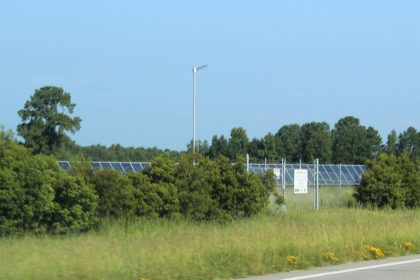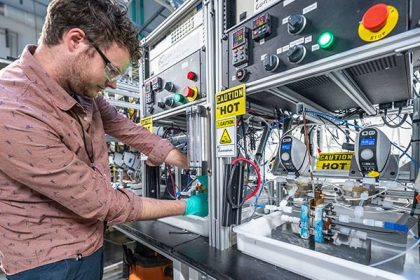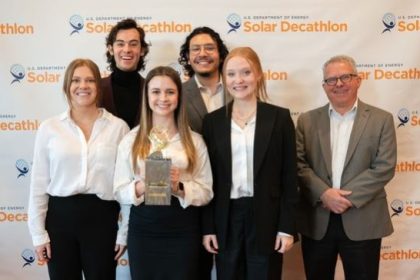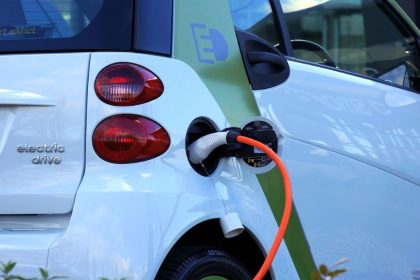Senators Suggest More Incentives for Rechargeable Battery Development
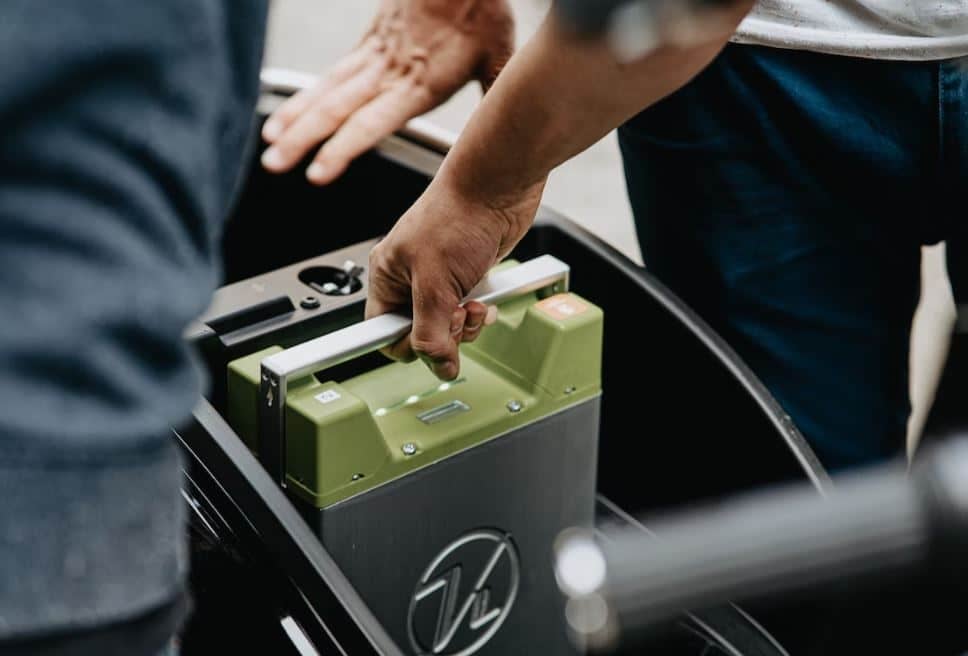
WASHINGTON — If rechargeable batteries leading the switch away from gasoline-powered vehicles are impressive, electrical industry executives told a Senate panel Thursday they haven’t seen anything yet.
They say they are developing new technologies that will generate more electricity than lithium-ion batteries at a lower cost.
First, they need a boost from tax credits, faster government permitting and research and development grants, they told the Senate Energy and Natural Resources Committee.
If the technologies turn out as good as described by expert witnesses at the hearing, “You’re going to change the world,” said Sen. Angus King, I-Maine.
So far, the biggest U.S. government incentives for improving batteries are found in the $550 billion bipartisan infrastructure bill President Joe Biden signed into law last November. It includes $6 billion in federal grants for companies that manufacture batteries or process materials for the components.
Other incentives are coming from the U.S. Treasury Department and the Federal Energy Regulatory Commission.
The Treasury Department is developing the wording for the tax incentives.
The Federal Energy Regulatory Commission is trying to streamline the permitting process for building a new line of rechargeable batteries. The current process can take seven to 10 years.
“We need to make it easier to build those facilities,” said Spencer Nelson, managing director of research for ClearPath Inc., a nonprofit public policy organization that advocates for clean energy.
The alternative is foreign dominance of the emerging rechargeable battery industry, particularly by China, which controls 75% of the lithium-ion battery market, according to congressional estimates mentioned at the hearing.
Although expensive, lithium-ion batteries store much more electricity than traditional lead-acid batteries commonly sold on consumer markets. They are used extensively to power laptop computers, digital cameras, camcorders, and cellphones.
They also are the energy source for electric vehicles that auto manufacturers like Tesla, Inc. are using to propel political policies toward greener technologies. California is leading the effort with a goal of halting sales of all new vehicles in the state that are powered by combustion engines by 2035.
Ted Wiley, president of Somerville, Massachusetts-based Form Energy, suggested “iron-air” batteries as a better alternative to lithium-ion. The company’s battery technology uses “reverse rusting” to store and release energy.
As the iron chemically oxidizes, it loses electrons sent through the battery’s external circuit to its air electrode, where it can be converted into electricity. Wiley said the iron-air batteries could store enough electricity to operate for 100 hours.
“We’ve been at it for five years and we think we can be at gigawatt scale in another five years,” he said.
He acknowledged iron-air batteries are bigger and less efficient than lithium-ion batteries but added they could be sold at one-tenth the cost with materials produced entirely in the United States.
Other technologies discussed at the Senate hearing included molten-salt batteries and pump storage hydropower.
Sen. John Barrasso, R-Wyo., said that in addition to creating government incentives and removing regulatory burdens to help the industry, the U.S. government needed to encourage more industrial mining of the raw materials needed for batteries.
Without more mining, “The cost of these batteries is only going to increase as demand increases,” Barrasso said.
Tom can be reached at [email protected] or on Twitter at @ tramstack.




















